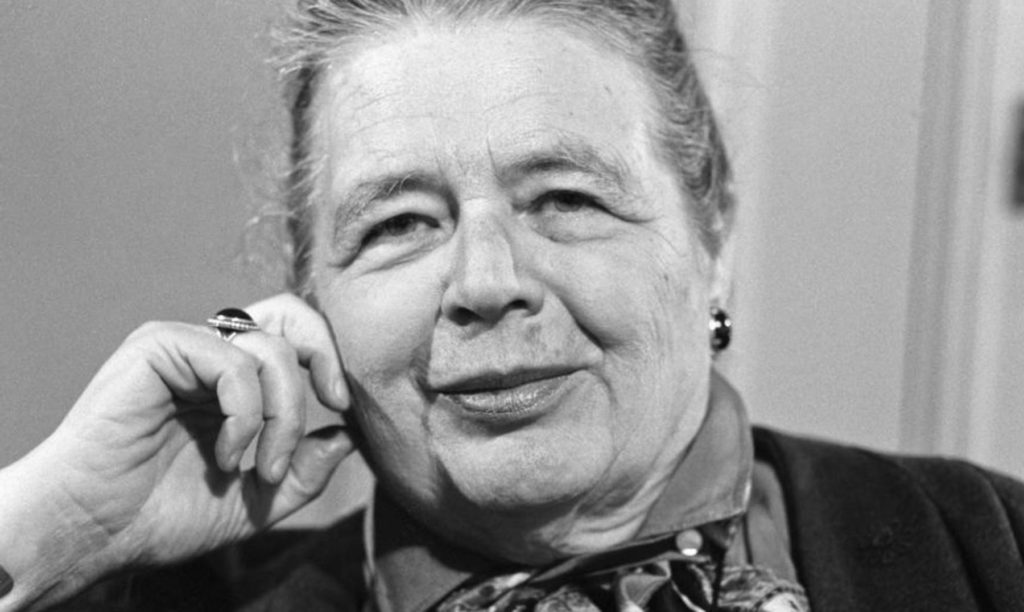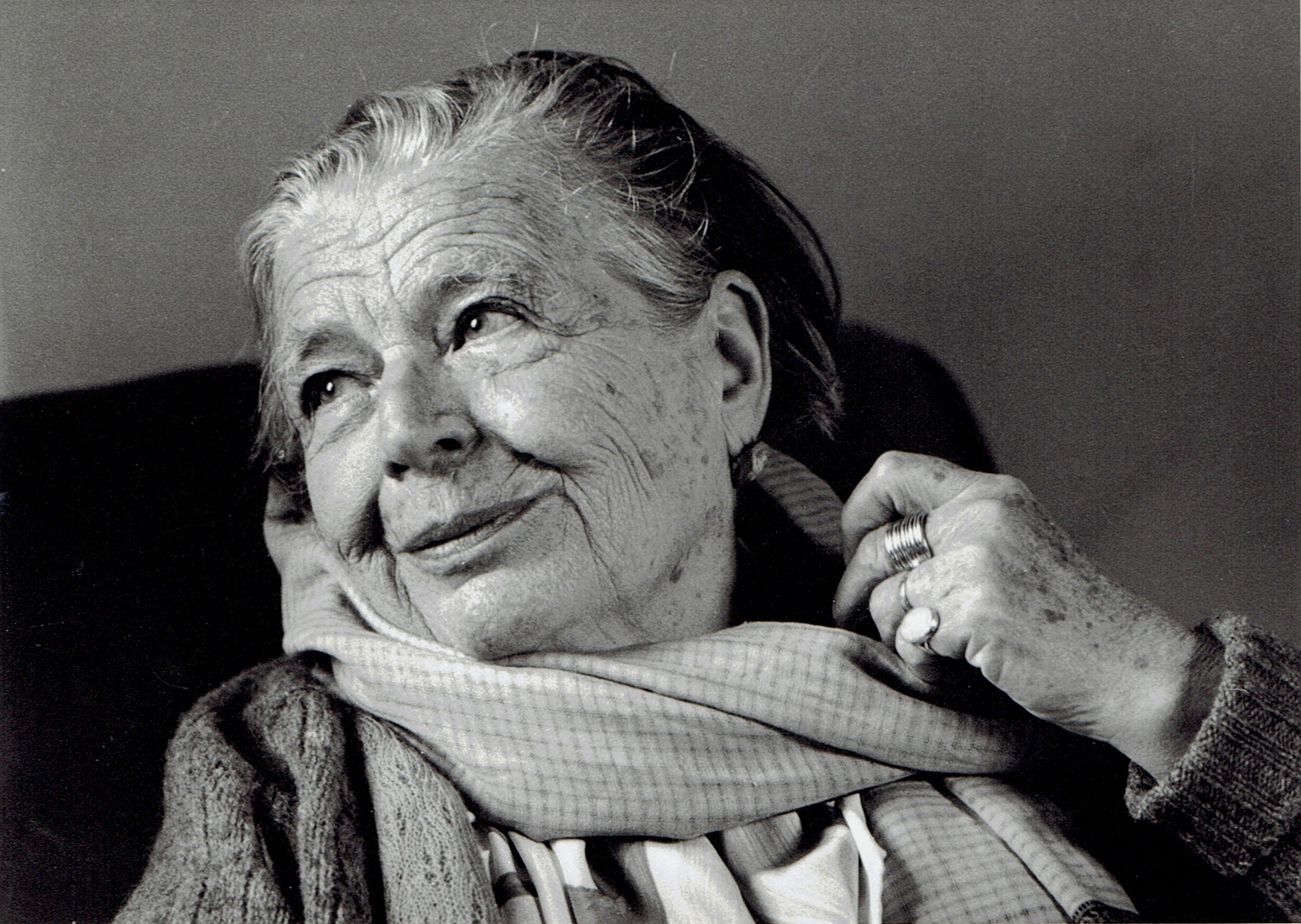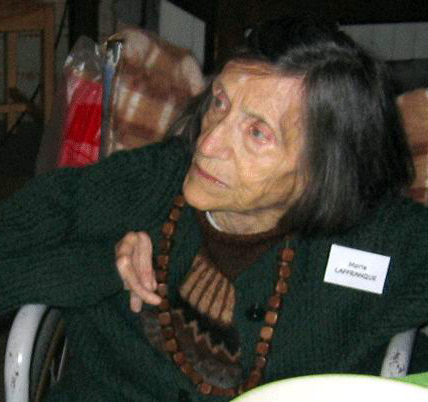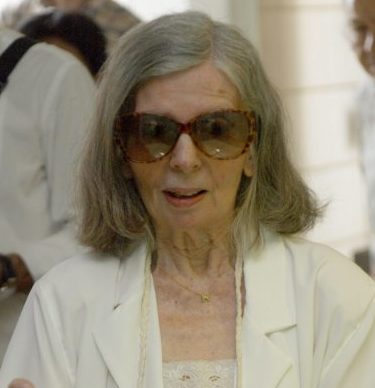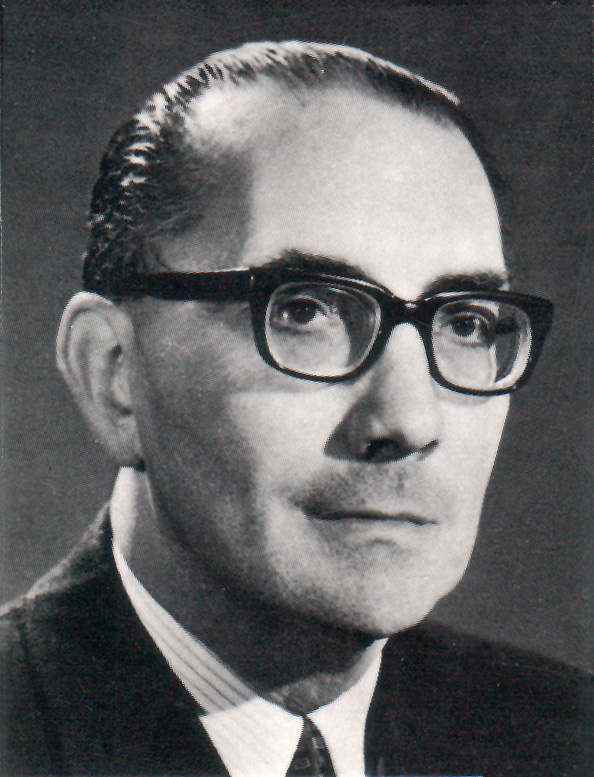Marguerite Cleenewerck de Crayencour, real name of the Belgian novelist, playwright and translator Marguerite Yourcenar, was born in Brussels on June 8, 1903, and died in the state of Maine, United States, on December 17, 1987. In the spring of 1960 she traveled to Granada with her friend Grace Jones in search of information that shed light on the murder of Federico García Lorca. Earlier, in 1947, she became a U.S. citizen, although she always wrote in French.
Her eventful existence began with a broken and unstable childhood due to World War I, which prevented her from regular schooling. The lack of regular schooling was compensated by tutors hired by her parents who introduced her to the study of Latin classics, such as Virgil. From a very young age, following the example of her father, she opted for a wandering life that took her to many countries. Her first books, such as The New Eurydice and The Denarius of Sleep, appeared in the 1930s. To survive, she translated authors such as Virginia Woolf, Henry James and Yukio Mishima into French.
In early May 1960, Yourcenar and her friend Grace Jones traveled to Granada, where they stayed for two days, with the intention of visiting the city and touring the places of Víznar where the poet was murdered.
In 1939, she fled Europe because of the war with her lover, the American translator Grace Frick, and settled in New York, where she was a professor of Comparative Literature. The publication, after a decade of documentation, of The Memoirs of Hadrian, in 1951, brought her general recognition.
Her interest in Lorca began in 1947, in New York, where she coincided as a teacher with Isabel García Lorca, exiled with the rest of her family since 1941. Both taught in the same pavilion at Sarah Lawrence College. Isabel remembers her as an “Andalusian” who had already visited Italica several times and who was then living with her friend Grace Jones in a house in Newport.
After Isabel’s return to Spain, they met again in 1960 in Madrid where they attended a flamenco evening. In early May Yourcenar and her friend traveled to Granada, where they stayed for two days, with the intention of visiting the city and touring the Víznar area where the poet was murdered. She thus joined her name to those of other illustrious travelers who tried to unravel the mysteries of Federico’s death, such as Gerald Brenan, Claude Couffon and Agustín Penón, in the midst of the Dictatorship.
Yourcenar recounted the result of her inquiries in a letter dated May 10, 1960, and addressed to Isabel García Lorca.
The writer describes the cab ride, the visit “by way of prudence” to the village church, and the meeting with a group of women. The most talkative one was asked point-blank about the location of Lorca’s burial place. “Her face changed, losing all expression, and she answered us without hesitation that she did not know the name of that gentleman and that no one had died in Víznar.” Then they met boys who told them that he was buried on a path that went up the mountain, surely El Barranco (The Ravine), a path that “penetrates the great solitude of the region of the olive trees”. The boys went so far as to pinpoint the site, wagging their finger as if pulling a trigger.
“If the site was authentic (…) it is evident that the killers made a circuit, accomplished their misdeed and erased the tracks,” she writes. The last glance of the travelers was at “that bare mountain, that arid soil, those young pines growing vigorously in solitude, those great perpendicular folds of the ravine”. Yourcenar and Jones were moved by the natural beauty: “Such a place as that puts to shame all the marble and granite rubbish that populates our cemeteries”.
